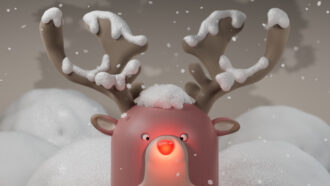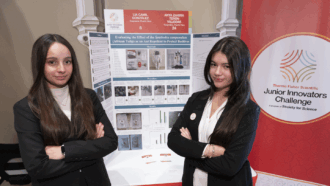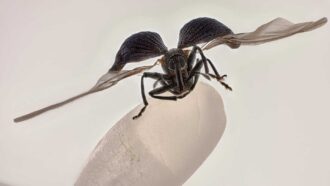plankton: (sing. plankter) Small organisms that largely drift or float in the sea. Depending on the species, plankton range from microscopic sizes to organisms about the size of a flea. Some are tiny animals. Others are plant-like organisms. Although an individual plankter is very small, these organisms often form massive colonies, numbering in the billions. The largest animal in the world, the blue whale, lives on plankton.
predator: (adjective: predatory) A creature that preys on other animals for most or all of its food.
prey: (n.) Animal species eaten by others. (v.) To attack and eat another species.
sea: An ocean (or region that is part of an ocean). Unlike lakes and streams, seawater — or ocean water — is salty.
sea slug: A soft-bodied invertebrate that resembles a snail without a shell. A type of mollusk, these animals can be found in coastal oceans throughout the world. Among the flashiest are a group known as nudibranchs.
spider: A type of arthropod with four pairs of legs that usually spin threads of silk that they can use to create webs or other structures.








